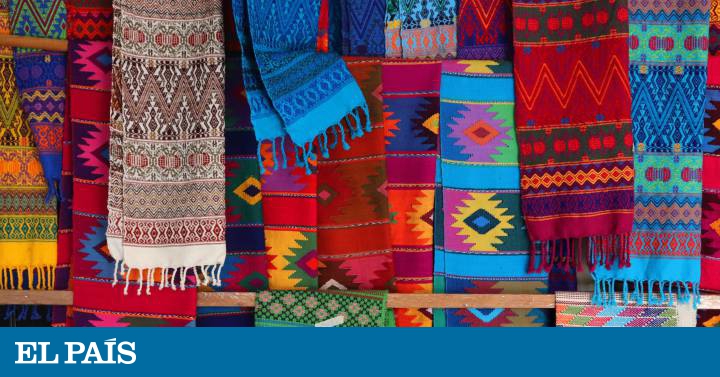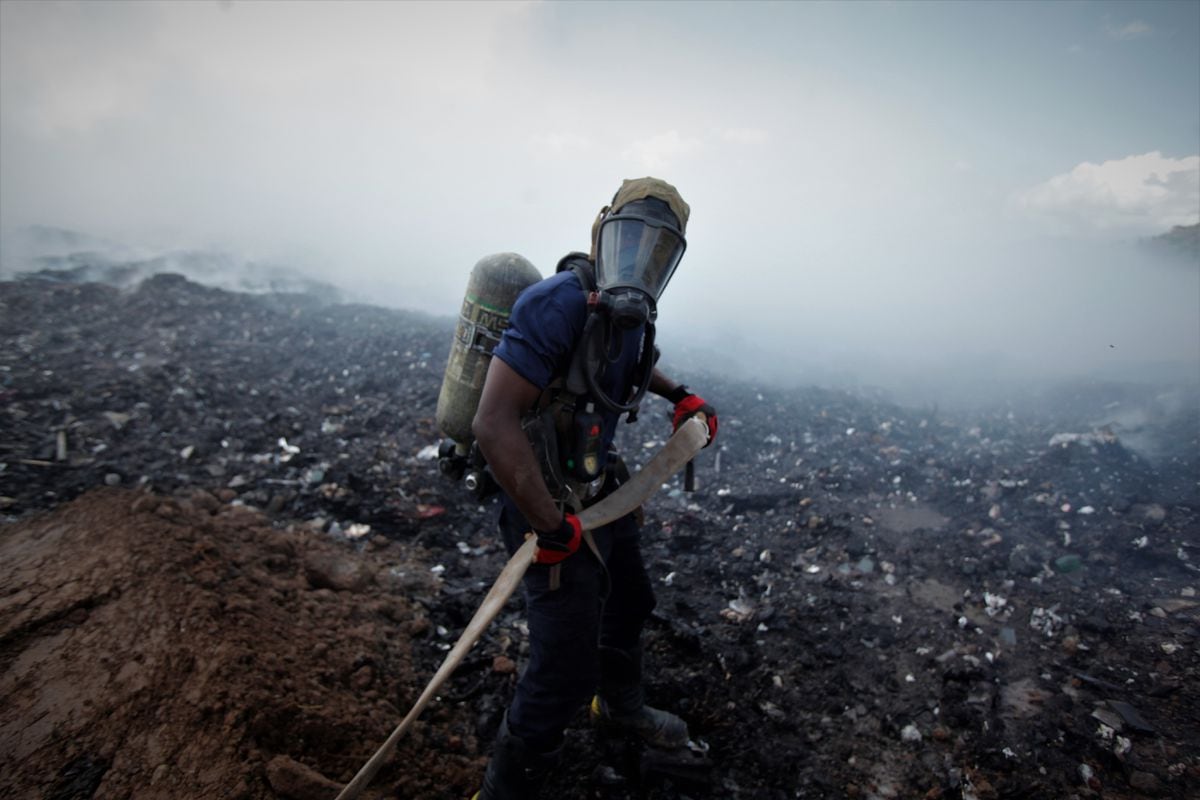Today, we buy 60% more clothes than 15 years ago, we use them half the time and a third of what we have in our wardrobe we have not worn in the last year.
This is what the statistics say but, probably, the data is not far from what we could say by looking at our closet.
One of the many consequences of this frenzy of clothing consumption is that every second the equivalent of a truckload of clothing is incinerated or sent to a landfill, according to data from
the Ellen MacArthur Foundation
report
A new textiles economy: redesigning fashion's future
, that advocates the circular economy.
MORE INFORMATION
"Clean" clothes for your wardrobe
A peaceful revolution for a clean industry
Ethical Time
The data tells us that when we talk about textiles, neither consumption is reduced nor are garments reused, nor, much less, are they recycled or recovered.
Mountains of clothing are not commonly seen in landfills, but they are there.
It is estimated that approximately 73% of the materials entering the textile industry end up in landfills or incinerated;
and to this we must add that 12% is previously lost, either in the form of waste during the making of the garments - something visible on the outskirts of large production areas, such as some districts of Bangladesh or Indonesia - or in form of clothing that, for one reason or another, never reaches the market.
12% to which they have even given a name in English: it is
pre-consumer waste
, which encompasses both fabrics and scraps that are lost during production as well as defective products or batches, unsold collections and individual garments that They are returned after being on the hangers in the store.
Garments that become waste without ever having been used.
73% of materials entering the textile industry end up in landfills or incinerated
All this means tons of clothes per year that go directly to landfills or incinerators, causing a strong environmental impact, as well as a great expense in waste management.
The pollutants in our clothes
In landfills, these kilos of clothes decompose very slowly, releasing methane gas (which contributes very negatively to the greenhouse effect) when it comes to materials of organic origin (linen, cotton, silk), or releasing microplastics, when they are of synthetic origin. (polyester, nylon, acrylic), materials that, as they are derived from petroleum, take hundreds of years to degrade.
To this is added, in addition, that all these materials, whatever their origin, have been subjected to a good number of chemical processes before becoming clothes: bleaching, dyeing, priming ... Once in the landfills, all these chemicals end seeping into the ground or being washed away in the rain, especially those that are not properly sealed.
In the case of being incinerated, these toxins end up expanding in the air.
Can it be recycled?
Only 15% of the textile ends up, therefore, in some recycling process.
Most of it, 12%, is reused to make other textile products (mattress padding, cleaning cloths, carpets, insulation materials or car mats), 2% is lost during collection or processing and, finally , 1% becomes new clothes!
1% that includes the remnants that are left over at the time of manufacture.
If we only talk about clothing as such, recycled clothing into clothing, the percentage drops to 0.1%.
The Moda Basura crowdfunding campaign wants to finance research on the textile industry
One of the issues that make textile recycling difficult is its lack of homogeneity.
The fashion industry is based, precisely, on its enormous variety and capacity for innovation: fabrics, colors and patterns vary each season and it is difficult to find garments with a single component, of the "100% cotton" type.
That is why it is very difficult to recover the garments already made to turn them into new models: you have to separate buttons, zippers, ornaments, labels and various accessories.
As a result, performing this separation is a very complex, time-consuming process, and requires a skilled workforce.
For the same reasons, doing it mechanically is also complicated, despite the fact that in recent years techniques have been developed to identify the different compounds.
(c) Battle Tank
To this are added the chemical dyes that are applied to the garments - present in almost every fabric that we can find - and that must be eliminated before using the fabrics again.
The variety is such that in second-hand stores, where garments are sorted by size and color, it is practically impossible to find two equal shades.
In Europe, between six and eight million tons of textile waste are produced every year between clothes and other elements such as carpets, mattresses or sofa stuffing.
A figure to which must be added another 16 million tons generated by the purely textile industry.
In the United States, according to the Environmental Protection Agency (EPA), textile, leather or rubber waste accounted for 9% of municipal solid waste (the American garbage can) in 2013.
This is causing an invisible but huge mountain of waste that is just one of the many manifestations of the extremely high socio-environmental impact that mass consumption of fashion has.
Not surprisingly, in this industry there are terrible working conditions in the garment workshops and, in addition, it has already become, according to the UN, the second most polluting on the planet if we take into account its entire production cycle: the enormous quantities of water necessary for the cultivation of some fabrics, the chemical processes to which the garments are subjected and the continuous CO₂ emissions caused throughout the process by the transfer of products from the fabric production areas to the clothing areas and, finally, to the places of sale.
(c) Battle Tank
And we believe that it is important to know better what is happening, going to the production points and the places where this waste ends up.
For this reason, after our projects on the sugar and palm oil industry, at Carro de Combate we have launched a new investigation in which we want to better understand what is behind the fashion industry and what are those invisible voices that barely we hear, but they are also #fashionvictims.
To make the research possible, we have launched a
crowdfunding
in Goteo that covers the costs of documentation and information processing to write #ModaBasura, a book on this aspect of the fashion industry.
If you want to know more about the project and support it, you can visit the page Trash Fashion: The socio-environmental impact of our clothing consumption.
The time has come to be
really
cool
and delve into the duller side of this supposedly
fashionable
industry
.
Help us investigate.
Get on board.
Carro de Combate is an independent journalism collective that investigates where what we consume comes from and its social and environmental impacts.














